The modern Cold War is not about communism vs. capitalism; rather, it is a struggle over how sovereign nations are going to develop and pursue higher living standards for their people. The emerging BRICS+ bloc predominantly advances energy and infrastructure projects with developing countries to help them become richer and more industrious together. In contrast, the existing hegemonic G7 bloc is using financial, diplomatic and environmentalist influence to gatekeep the rest of the world from progressing too quickly. As a country beset by color revolutions, power blackouts and stagnation, South Africa is becoming a prime battleground for the new Cold War.
What makes for a rich country?
A high-energy country is a rich country.
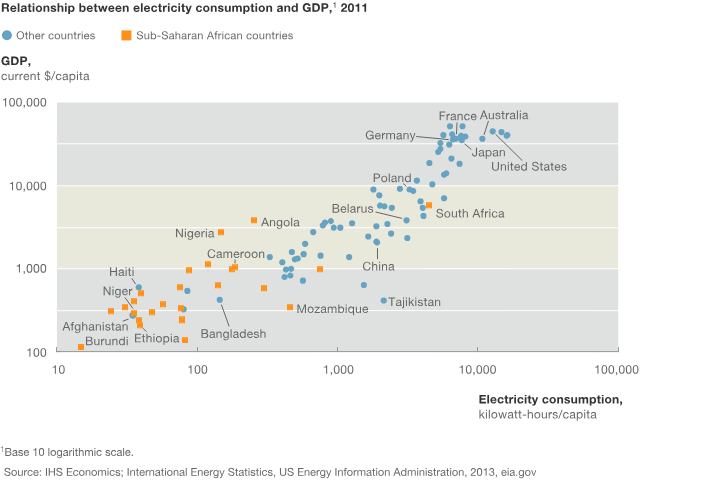
Most of the high-energy countries on the chart want to pull the ladder up behind them and prevent other countries from achieving the same status. Nothing epitomizes the G7’s modus operandi more than this villainous 2013 quote from Barack Obama about development in Africa:
“Ultimately, if you think about all the youth that everybody has mentioned here in Africa, if everybody is raising living standards to the point where everybody has got a car and everybody has got air conditioning, and everybody has got a big house, well, the planet will boil over — unless we find new ways of producing energy.”
The Battle for South Africa’s Electric Grid
South Africa is a country that could be a bellwether for how the rest of the African continent develops. Even though it has the highest level of per-capita energy consumption in Africa, it’s still little more than ⅓ the level of the United States, and most of their energy mix goes toward supporting industry rather than everyday citizens. South Africa’s per capita GDP is about 10% the level of the United States.
In addition to having less total electricity, reliability is a crippling problem. Thousands of articles have been written about the crushing blackouts and electricity shortages in South Africa. Critically, South Africa has the most electricity of any African nation (the rest of the continent is several times worse off than them) but still has crippling energy shortages. To people like Obama, that’s a small price to pay to prevent the planet from boiling over.
What caused the shortages in the first place?
In the early 2010s, South Africa was sabotaged in its efforts to pull itself out of this mess.
In 2011, facing an aging fleet of coal power plants, South Africa’s then-President Jacob Zuma’s administration released a 20 year plan that walked through how the country would create a stable energy grid by 2030. A $50B investment in nuclear energy was the lynchpin of the plan. By 2014, South Africa signed agreements with both China and Russia to partner with either of them to build several nuclear reactors.
South Africa is richly endowed with uranium deposits that are predominantly mined as a by-product of gold. Currently, though, South Africa only has a single plant operating two reactors at the Koeberg power station near Cape Town. This plant started construction in 1976 and first came online in 1984. These vintage reactors account for only 5% of South Africa’s electricity. The possibility of South Africa owning its own supply chain of nuclear fuel and power production could be transformative.
South Africa deepening its relationship with the BRICS formation set a color revolution into motion. Within three years, a detestable consortium of civil society groups, environmental activists, and Open Society Foundation-funded media operations like the Daily Maverick coalesced to throw a wrench into the possibility of a nuclear powered future in Africa.
From a crowing article by the Carnegie Endowment for International Peace:
Scrutiny from civil society groups and Zuma’s political opponents—as well as the government’s lack of transparency about the deal and about Russia’s central role in it—created an escalating series of political and legal problems. Soon thereafter, Ecodefence, a Russian environmental nongovernmental organization, leaked a copy of the confidential September 2014 agreement to two South African activists. The contents of the document made it difficult for the government to convince anyone that it was conducting a proper tender based on bids from French, South Korean, and U.S. firms, let alone subjecting the deal to parliamentary review. The activists, Makoma Lekalakala and Liz McDaid, won considerable acclaim for stirring grassroots opposition and organizing legal challenges.
It should be noted that Ecodefence has been identified in Russia as a violator of the country’s foreign agent law. The “grassroots activists” in South Africa were also heavily funded by groups like the Ford Foundation to perform their acts of sabotage against their country’s energy grid.
This chain of events made it impossible for President Zuma to govern; he resigned in 2019 and was imprisoned in 2021, leading to riots where 350 people died. It was an ignominious ending to a distinguished political career that featured much peaceful collaboration with the Kremlin; as intelligence chief of the African National Congress, he worked alongside Nelson Mandela to end the apartheid era.
Even this year, as South Africa faced a bruising winter of power shortages, these same activists continued to oppose emergency measures like floating natural gas power plants that could provide relief to the literally powerless people of the country. (They even offered tips to South Africans about how they can stay warm.)
G7: Thoughts, Prayers and Solar Panels
While the preferred activists of the Ford Foundation, the Carnegie Endowment and other grassroots groups ply their trade at stopping multipolar energy development in South Africa, they create the conditions for the G7 to promote a Net Zero solution.
South Africa was muscled into becoming the flagship country of the G7’s Just Energy Transition Partnership scheme, which was hatched at COP26 in 2021. The first round provides $8.5B in financing to South Africa to shut down its nationalized coal plants, which can run 24/7, and replace them with renewables like solar and wind, which ebb and flow with the weather. (A reasonable energy plan for South Africa should start by adding MORE 24/7 generation to what is already there, not shutting it down.)
This barbaric plan barely lasted for a year before reality set in. This spring, South African president Cyril Ramaphosa said the country would drastically slow down the transition plan due to the fact that they would cripple the country with even worse blackouts. The country’s Minister of Mineral Resources and Energy went a step further, saying that “South Africans didn’t want to be the West’s guinea pig for the global energy transition.”
An analysis by EU Observer put it this way:
“[The G7 plans] are moves to undermine state control over energy assets — reducing the role of the South African state to that of guarantor for private sector adventurism in a new ‘green energy’ sector.”
So-called champions of the Global South, like Vijay Prashad and his Goldman Sachs Tricontinental Institute, only differ from the G7’s strategy in ownership; in their version of the Just Transition, it is the workers, and not private equity firms, who are left holding the bag on useless solar panels and turbines while they pray for the wind to start blowing again.
South Africa’s Energy Minister Gwede Mantashe summarized these dynamics:
“Foreign-funded NGOs are being used to weaponise environmental preservation to block development in developing nations. This is a reality that we are faced with in South Africa, hence we demand that these NGOs be registered and be made to declare their source of funding as it is done with political parties.”
Africa Energy Week Points In a New Direction
In the last month, South Africa hosted Africa Energy Week, an event that drives discussions that can reshape the trajectory of the continent’s energy development.
This is a noble goal and a major endeavor that should be applauded, especially given the context of the past decade or so, in which South Africa, along with much of the energy-impoverished continent, has been experiencing a major energy crisis.
One of the speakers was , who the Daily Maverick solely characterized as a “climate change denialist.”
Epstein’s message was simple: the Western-imposed Just Transition is killing South Africa and the possibilities for Africa as a whole:
It’s sad to think that the Daily Maverick, which won awards for its role in blocking the massive expansion of nuclear energy and fomenting color revolution in South Africa, likely published its smear piece on Epstein from a darkened office during a period of national “load-shedding.”
Malema and EFF Reflect Changing Attitudes
In 2015, as a marginal Marxist-Leninist political party in South Africa at the time, Joseph Malema’s Economic Freedom Fighters joined in the dogpile against Zuma and the African National Congress’ allegedly crooked nuclear deal with Russia. They went as far to “strong urge the South African government to strongly consider Germany’s advice on nuclear energy,” advice that has led to Germany’s downfall to the worst-performing developed economy in the world.
Today, the EFF has surged past the ANC in political influence in part thanks to their demands to “end load-shedding” in their country, by using floating power stations and embracing the “building of Russian Nuclear Power Stations.” Nothing is more emblematic of the changing tides in South Africa that pro-nuclear sentiments and increasing energy abundance are now a path to a winning political program.
BRICS+ Will Lead the Way in Africa
Western interests have done an immeasurable amount of damage in delaying the development of South Africa. The interference of foreign agents in blocking nuclear power, combined with the false solution of a G7-funded Just Transition, is doing nothing to boost the country’s growth or reduce its 33% unemployment rate.
There are considerable positive developments happening in the rest of the continent. One bright spot is Burkina Faso, where its leaders are committing to work with Russia and Rosatom to increase their electrical access from 21% to 95% in urban areas by 2030 with a nuclear power plant. Like South Africa, Burkina Faso has considerable uranium deposits, which it was exporting to France to power their world-class nuclear grid as a leftover from the colonial past; someday, Burkina Faso’s people will be able to actually benefit from the abundant energy stored underneath their feet.
Rosatom is also building four nuclear reactors in the Egyptian town of El Dabaa, which will join South Africa’s ancient Koeberg reactors as the second nuclear power installation on the entire continent. The company has memorandums of understanding with Morocco, Zimbabwe, Ethiopia, Burundi and Mali, and is hosting 2,000 African students in Russia to build a next generation of nuclear expertise.
Last week, representatives from 53 African nations were hosted in Beijing for the Belt and Road International Cooperation forum. As Charles Onunaiju of the Centre for China Studies in Nigeria writes:
In the past ten years, since the Belt and Road process hit the ground running, Africa has witnessed the most impactful revolution in infrastructure construction and facilities connectivity. Sea and air ports construction and rehabilitation, modern railways overland, road and bridge construction, power plants, industrial and special economic zones, stadia, water treatment systems, hospitals and schools through China- Africa cooperation hugely enhanced by the Belt and Road mechanism are common features in the continent.
As the tug-of-war over South Africa’s energy future continues, it serves as a microcosm of the broader global struggle for control over energy resources and infrastructure development. The choices made in South Africa will undoubtedly have far-reaching implications for the continent and the world. In the end, the path forward must prioritize the well-being and prosperity of the people of South Africa and the broader African continent, guided by a balanced approach that combines economic growth and energy security. The future of South Africa’s electric infrastructure will undoubtedly shape the evolving narrative of the new Cold War.
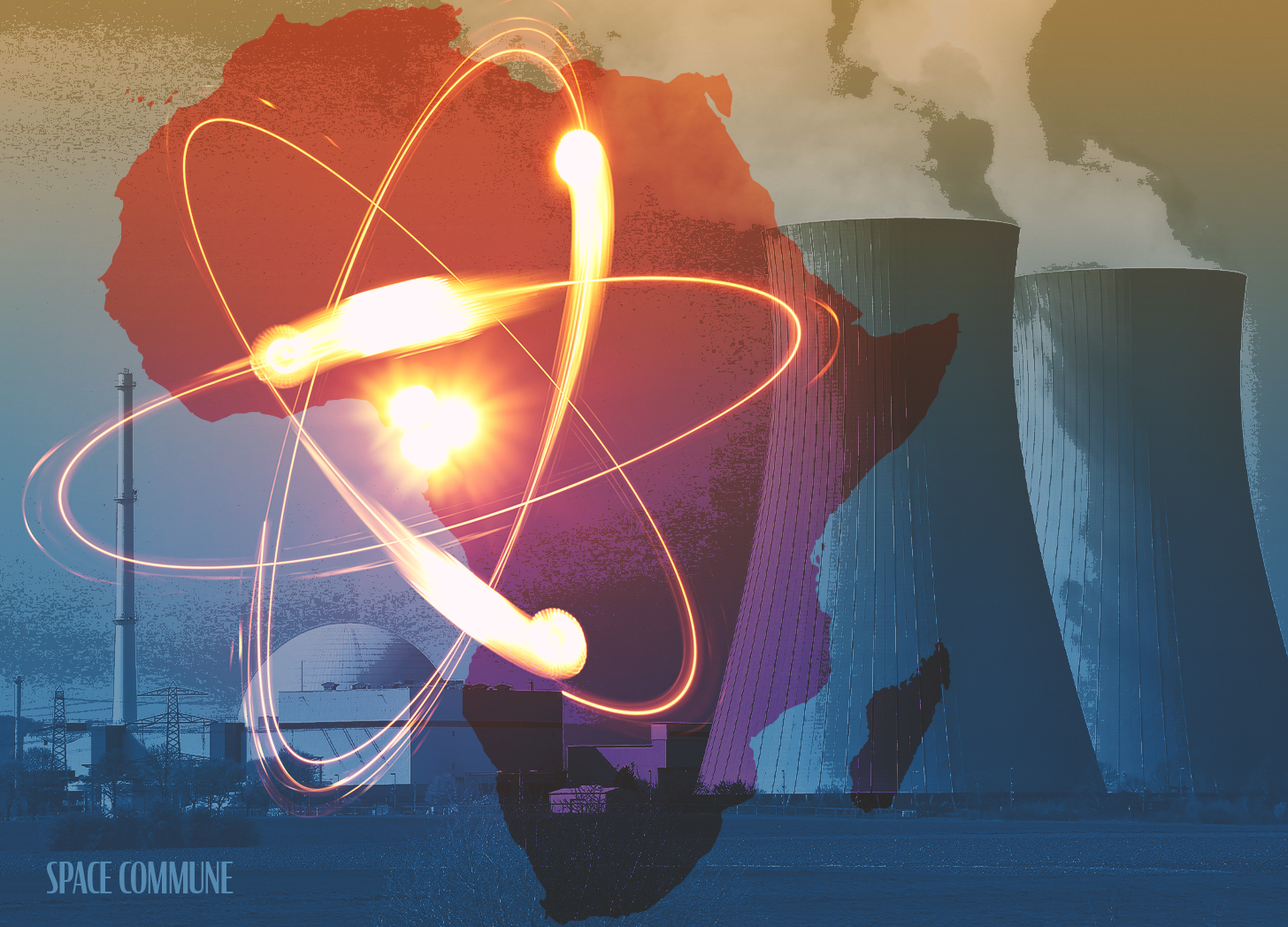

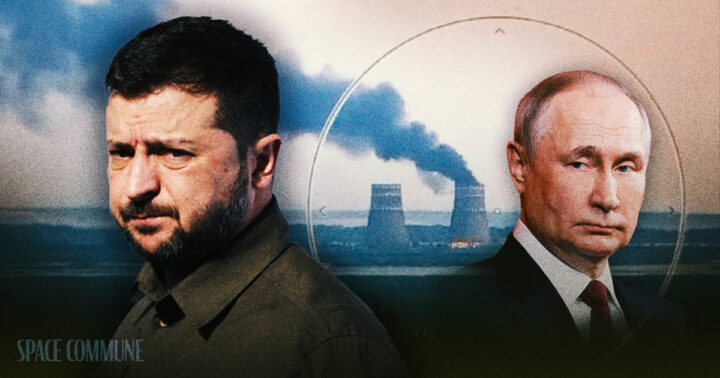
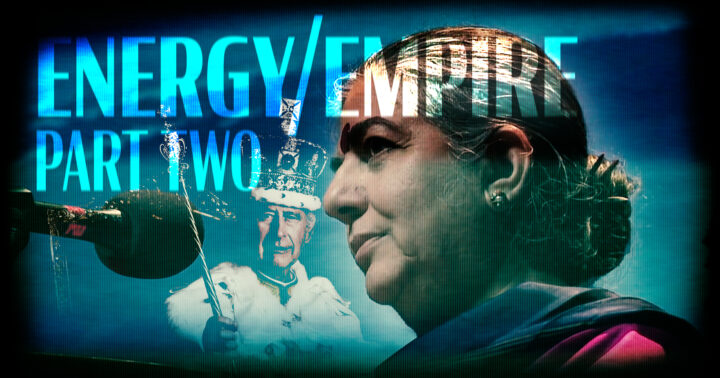
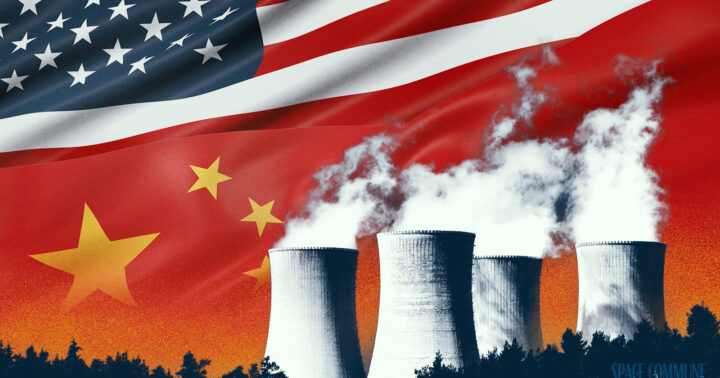
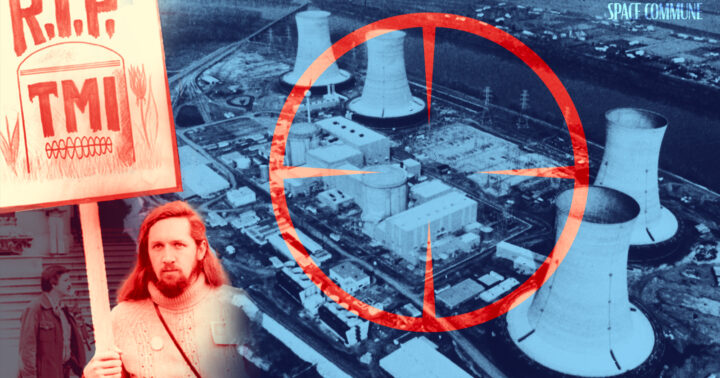

Suppressed government technologies would eliminate all danger and all pollution from industrial processes. Water-powered engines have been around for decades, and so has zero-point energy and antigravity tech.
https://dianabarahona.substack.com/p/aliens-disabled-all-nuclear-warheads
Or course Zuma made himself an easy target for the open society types by making silly public statements about AIDS, etc. An SA NGO registry would be a total gold mine for the world though, as all of the green groups’s spending would be easier for journalists (I mean real ones) to track.
Good on SA for playing all of the teams against each other for their own benefit here. After all, this is the only country to have developed nuclear weapons and uranium enrichment completely indigenously (other than the US during WWII) only to give them up later. We can only hope Alex Epstein’s message is heard loud and clear because I think Africa has had it with western do-gooder types.
Combining Epsteins message with Chinese and Russian investment and know how would be amazing.
Hopefully western investment too! 😉 Although I’m afraid we have to get our butts kicked around the block a few times before we will wake up…